Virus transport and preservation medium: BIOCOMMA
If you are looking for a means of transport and preservation of viruses, the BIOCOMMA company has a virus transport and presenvation medium. product that at Durviz we put at your fingertips. That will solve many of the infrastructure and distribution problems of your laboratory. So that you can relate to him we have written this article in which we expose the main characteristics of this product.
Virus transport and preservation medium: the BIOCOMMA proposal
The BIOCOMMA company has designed a solution that allows any virus sample to be inactivated in time to prevent it from being infected by aerosol. It is also a product that protects RNA from degradation.
Its main components are: HBSS, glycerin and guanidine salts.
It is a product that is applicable for the collection and transport of samples of: clinical influenza, avian influenza, HFMD, measles. And other virus samples as well as mycoplasma, ureaplasma and chlamydia. Although it can also be used with other samples.
With this means of transport, in addition, two types of sampling can be performed: Nasal swab or throat swab. We will choose the most suitable one.

With this means of transport, in addition, two types of sampling can be performed: Nasal swab or throat swab.
BIOCOMMA: Operation
The operation of this BIOCOMMA proposal is very simple and intuitive. All you have to do is follow the following steps so that our laboratory samples are perfectly protected from any possible contamination. They are as follows:
- Write the sample information on the label before sampling.
- Depending on the purpose of the analysis, the swab must be used in one way or another to collect samples from the corresponding parts. For this, it is enough that we put the swab in the conservation solution immediately after taking samples, break the swab rod and close the lid firmly. Of course, you have to be careful with possible problems that may appear when handling it. For example, the product is a clear, colorless liquid. If the properties change, for example it turns yellow, it should be discarded. It should also be noted that the liquid in the sampling tube is the medium for transport. The swab cannot be submerged prior to sampling.
- Once the samples we want to analyze have been taken, they must be transported to the laboratory within 2 working days after collection. To do this properly, the storage temperature should be 2-8 ° C. If this cannot be done, the samples should be stored at -70 ° C or less; and ensure that the samples are delivered to the laboratory within a week. Repeated freeze-thaw cycles should be avoided.
With one exception to note: samples used for virus isolation and nucleic acid detection should be processed as soon as possible.
Biocomma Transport: Indications
Like all laboratory products, it has been conceived for a specific purpose. Hence, it has some specific indications. Some of the most prominent are the following:
- It is not a product suitable for internal or external use in humans or animals.
- Must be handled with care as it can cause serious events if swallowed; it is irritating to the eyes and skin. If accidentally splashed into the eyes, rinse them with water. It is also advisable to maintain ventilation during use to avoid possible poisoning.
- Residues of the sample collection solution must be sterilized.
With all this, BIOCOMMA’s means of transport and conservation will work perfectly and will allow us to carry out our work more efficiently and with a smaller margin of error in the results. If you want to have it in your workspace, contact us and we will tell you about it.

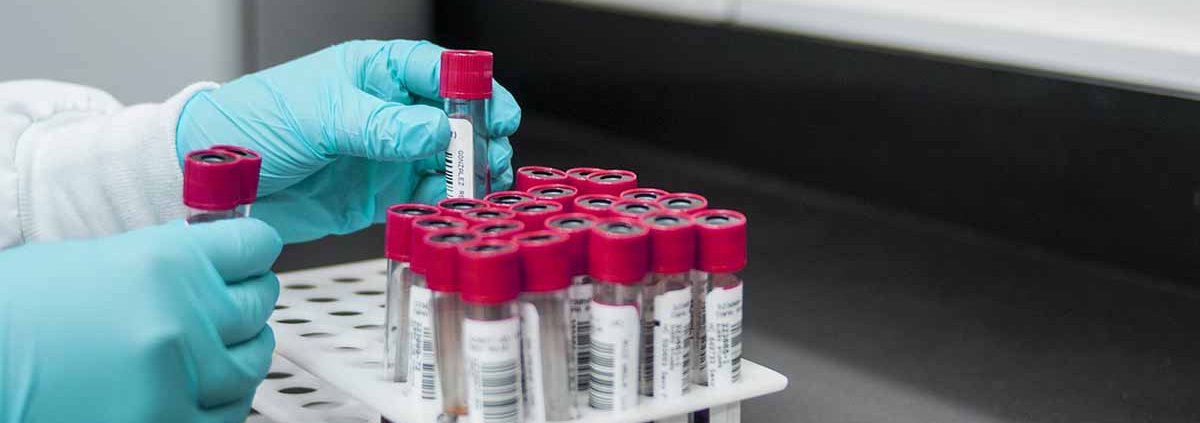
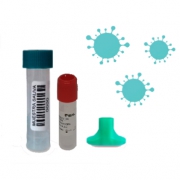
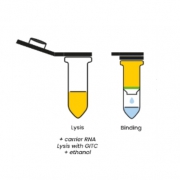

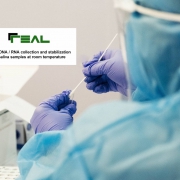
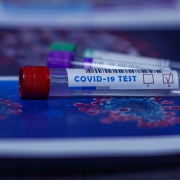

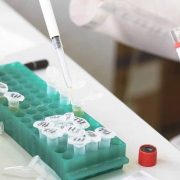


Leave a Reply
Want to join the discussion?Feel free to contribute!